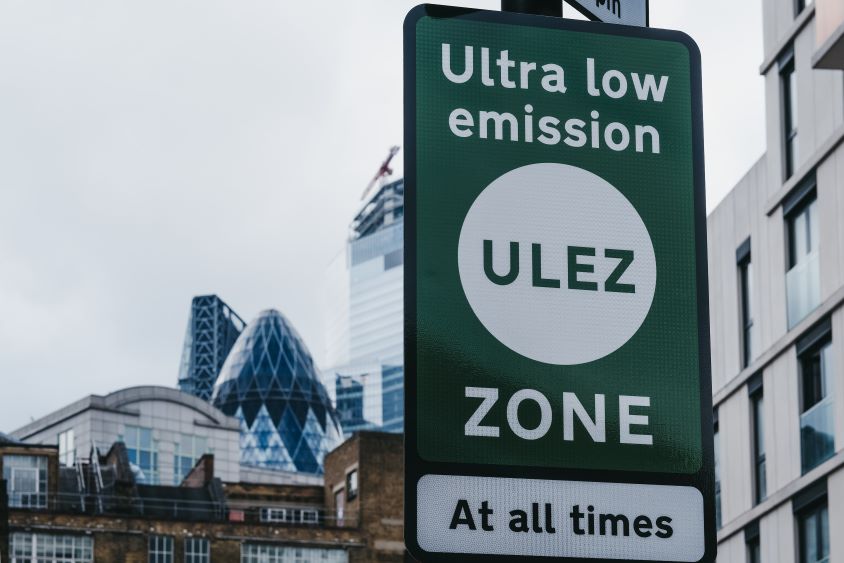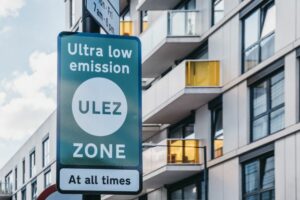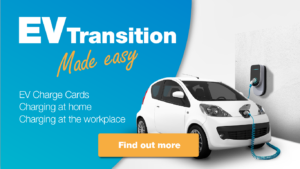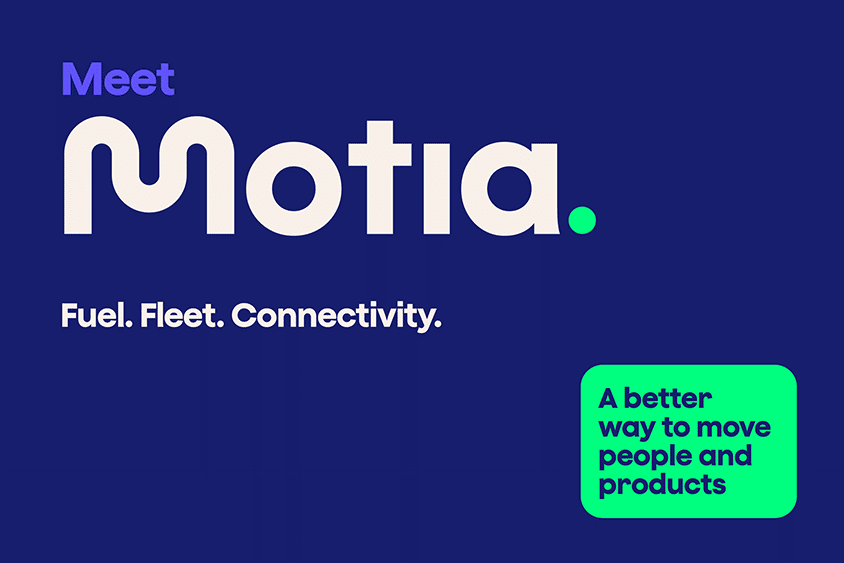What is ULEZ and how does it affect London drivers?
Written by: Simon Pavey, Last updated:10th September 2024

The ultra-low emission zone (ULEZ) has continued to grow in recent years, and the initiative aims to bring cleaner air to millions of people living in and out of London. So, what is ULEZ and who does it affect?
What is ULEZ?
ULEZ stands for ‘ultra-low emission zone’ and has been in London has been in operation since 2019. It’s a legally binding initiative which dictates that drivers of vehicles emitting a certain level of pollution must pay a charge for driving in the area.
This charge is separate to the London Congestion Charge, and drivers operating with high emission within the ultra-low emission zone are likely to find themselves paying both daily charges.
What is ‘ULEZ compliant’?
Whether vehicles need to pay a charge depends on whether they meet certain emission standards, measured from Euro 1 to Euro 6. The charge particularly impacts older vehicles that have a high carbon impact – and the charge naturally applies to diesel and petrol engines rather than purely electric vehicles.
How much is the ULEZ charge?
For cars, motorcycles and vans that do not meet the emission standard, the daily charge for driving in this area is £12.50. Failure to pay the charge can result in a penalty as high as £180.
The daily charge for HGVs over 3.5 tonnes is much higher at £100. The penalty for lack of payment can be as high as £1,000.
This does mean that businesses operating in the ULEZ with HGVs are paying hefty charges to operate in this area, especially considering any additional costs put towards acquiring an HGV Safety Permit and complying with the Direct Vision Standard.
Which areas are now in the ULEZ?
In 2023, the ultra-low emission zone was expanded to cover all of London’s boroughs, including those in Outer London.
When first introduced in 2019, the ULEZ only covered central London, and then expanded to all areas within the North and South Circular roads in 2021.
Who is affected?
The ultra-low emission zone applies to drivers of most vehicles, including cars, motorcycles, and special vehicles (up to and including 3.5 tonnes) and minibuses (up to and including five tonnes) that don’t meet emissions standards.
However, according to the Department of Transport, as many as 12.7million of the 18.3million petrol cars on the road at the time ULEZ was introduced were already compliant.
Previously there was a 100% discount in place for residents of the Congestion Charge area, but this discount has now ended, and residents will now also have to pay the £12.50.
Ultra Low Emission Zone exemptions
Drivers of EVs will of course be exempt from any charges. They do not emit harmful greenhouse gases, and therefore do not contribute to the problem that the ULEZ is hoping to tackle.
Most petrol cars and newer diesel cars are also safe from the charge. As a rule, if your diesel car was first registered after September 2015, it is likely to be compliant with the emissions standards. The same goes for petrol cars registered from 2005 onwards.
However, it is estimated that about one in five cars will need to pay. 100,000 cars, 35,000 vans and 3,000 lorries are expected to be affected and subject to the charges.
To be exempt from the charges, your vehicle must not exceed a certain level of nitrogen dioxide emissions. Nitrogen dioxide is a harmful gas that damages lungs and makes life harder for sufferers of asthma and lung and heart disease.
What are the benefits of expanding the zone?
The expected result of the expansion is that people will find alternative methods of travel. Instead of driving, they might opt for public transport or simply to walk or cycle.
As a result, Mayor of London Sadiq Khan states that the city will reduce the amount of carbon being emitted. He explained in 2023 that there are 4,000 premature deaths per year in London linked directly to air pollution.
Given that 60% of residents of this area don’t even own a car, the mayor claims it is fair that the air quality of this area is improved. Whilst the environmental benefits are obvious, Khan suggests that this is “an issue of social justice”, as it is the poorest of Londoners who suffer the most because of toxic air conditions.
The continued expansion of the zone has been met with some criticism, however, mainly due to timing. With many businesses still recovering from the pandemic, their finances may take additional hits due to these new rules. Paying the charge for each of their vehicles every day may prove difficult.
Will your business be impacted by the ULEZ expansion?
If your business operates within the expanded zone, you may find yourself paying the charges if your vehicles are not compliant.
In this case, it’s important to consider what else you can do to save money.
Fuel Card Services is on hand to help any business that aims to transition to electric vehicles to reduce their emissions. We’ve got a selection of EV Charge Cards, and our EV Solutions can help businesses install charging infrastructure in homes and workplaces.
To further reduce costs, we offer a comprehensive suite of commercial fleet services that are designed to save your business time and money through becoming more efficient and cost-effective.
If you think your fleet could be doing more to save on costs, get in touch with our dedicated team today.
back




